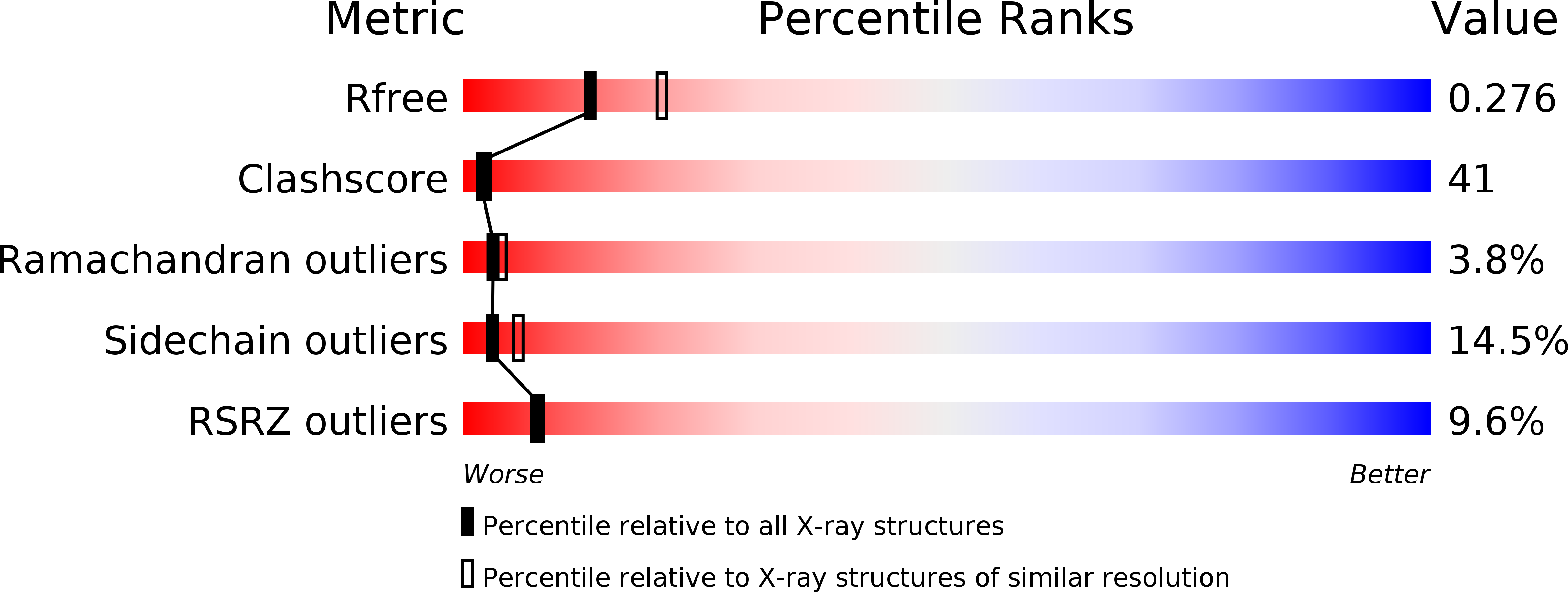
Deposition Date
2008-12-08
Release Date
2009-12-22
Last Version Date
2024-05-08
Entry Detail
Biological Source:
Source Organism:
GEOBACILLUS KAUSTOPHILUS HTA426 (Taxon ID: 235909)
Host Organism:
Method Details:
Experimental Method:
Resolution:
2.50 Å
R-Value Free:
0.26
R-Value Work:
0.23
R-Value Observed:
0.23
Space Group:
P 21 21 21


